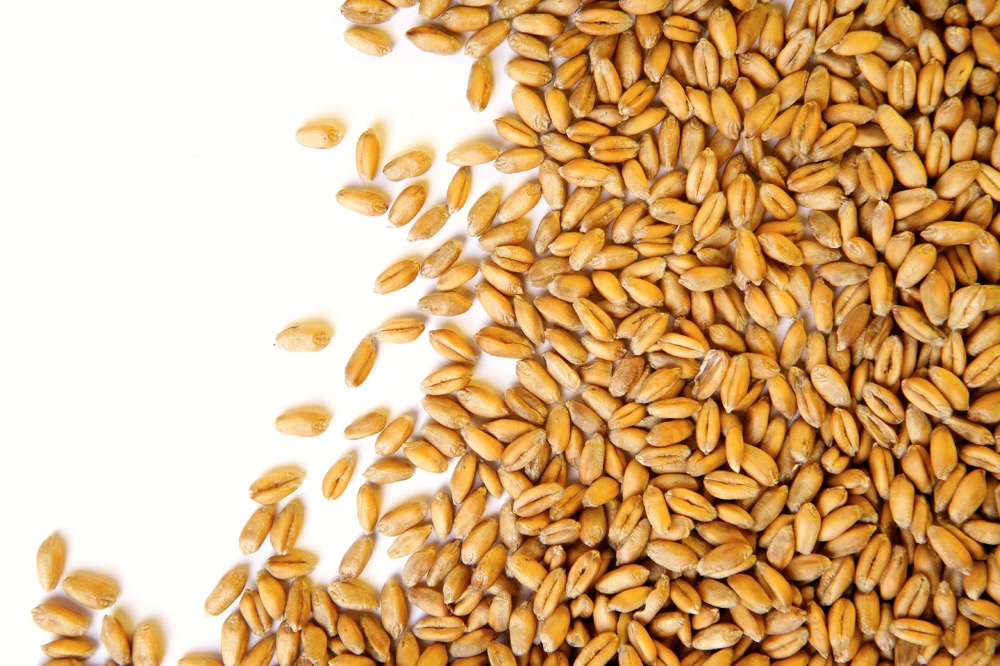Chicago | Reuters — Chicago corn eased on Friday, after a strong rebound a day earlier as the market weighed up strong Chinese demand against U.S. growing conditions.
Wheat and soybeans also edged lower, though spring wheat futures on the Minneapolis Grain Exchange (MGEX) climbed as a cold front hitting much of the U.S. Midwest brought frost to the Northern Great Plains.
Market participants were also adjusting positions in the run-up to the U.S. Memorial Day weekend with markets closed on Monday.
Read Also

IGC raises 2025/26 world wheat crop forecast
The International Grains Council has raised its forecast for 2025/26 global wheat production with crop outlooks upgraded for Russia, the United States and Argentina.
The most-active corn contract on the Chicago Board of Trade (CBOT) ended 7-3/4 cents lower at $6.56-3/4 per bushel easing 2-3/4 cents for the week (all figures US$).
CBOT wheat lost 12-3/4 cents to $6.63-1/2 per bushel, dropping 10-3/4 cents for the week, its third consecutive week of losses.
CBOT soybeans eased 6-1/2 cents to $15.30-1/2 per bushel, adding 4-1/4 cents for the week.
Corn futures varied wildly this week on rumours of Chinese cancellations of old-crop purchases, though the U.S. Department of Agriculture on Thursday confirmed more than 5.6 million tonnes in new-crop corn sales to China last week while not showing large-scale cancellations.
As corn and soybean stocks remain tight, traders remain focused on weather and yield moving into the summer, according to Joe Vaclavik, president of Standard Grain.
“We just don’t have much room for error on the balance sheets,” he said. “Weather and the acreage is still a huge unknown.”
Growing conditions remain favourable for much of the U.S. Midwest, though a cold front has swept over parts of the northern U.S. Plains and the corn belt, threatening spring wheat crops as well as recently planted corn.
“It’s impacting the wheat the most, but some of the corn and beans could be a little damaged from that,” said Chuck Shelby, president of Risk Management Commodities.
The most-active July spring wheat contract on the Minneapolis Grain Exchange (MGEX) ended 10-1/4 cents higher to $7.27-1/2 per bushel.
— Reporting for Reuters by Christopher Walljasper in Chicago; additional reporting by Gus Trompiz in Paris and Naveen Thukral in Singapore.












